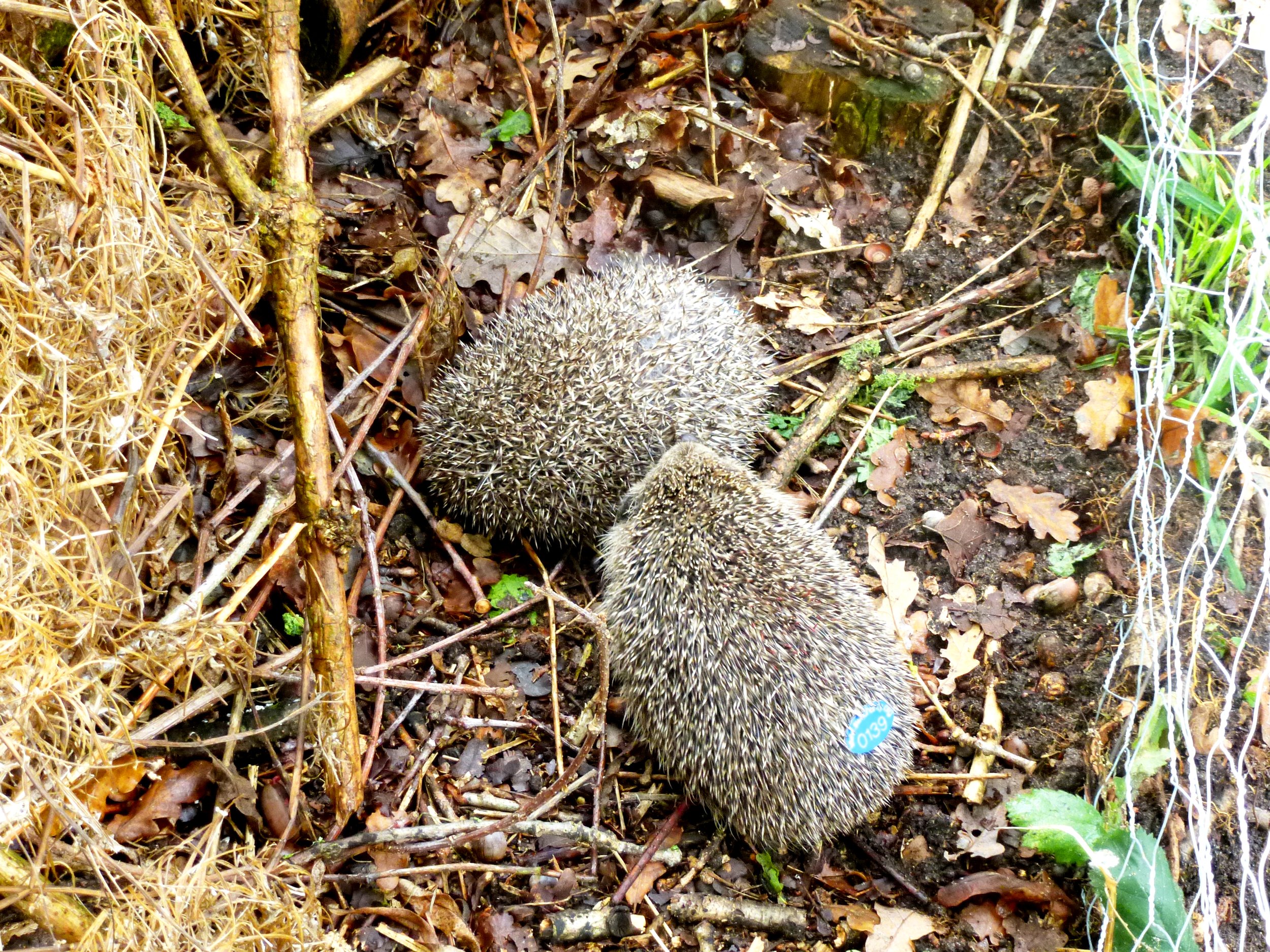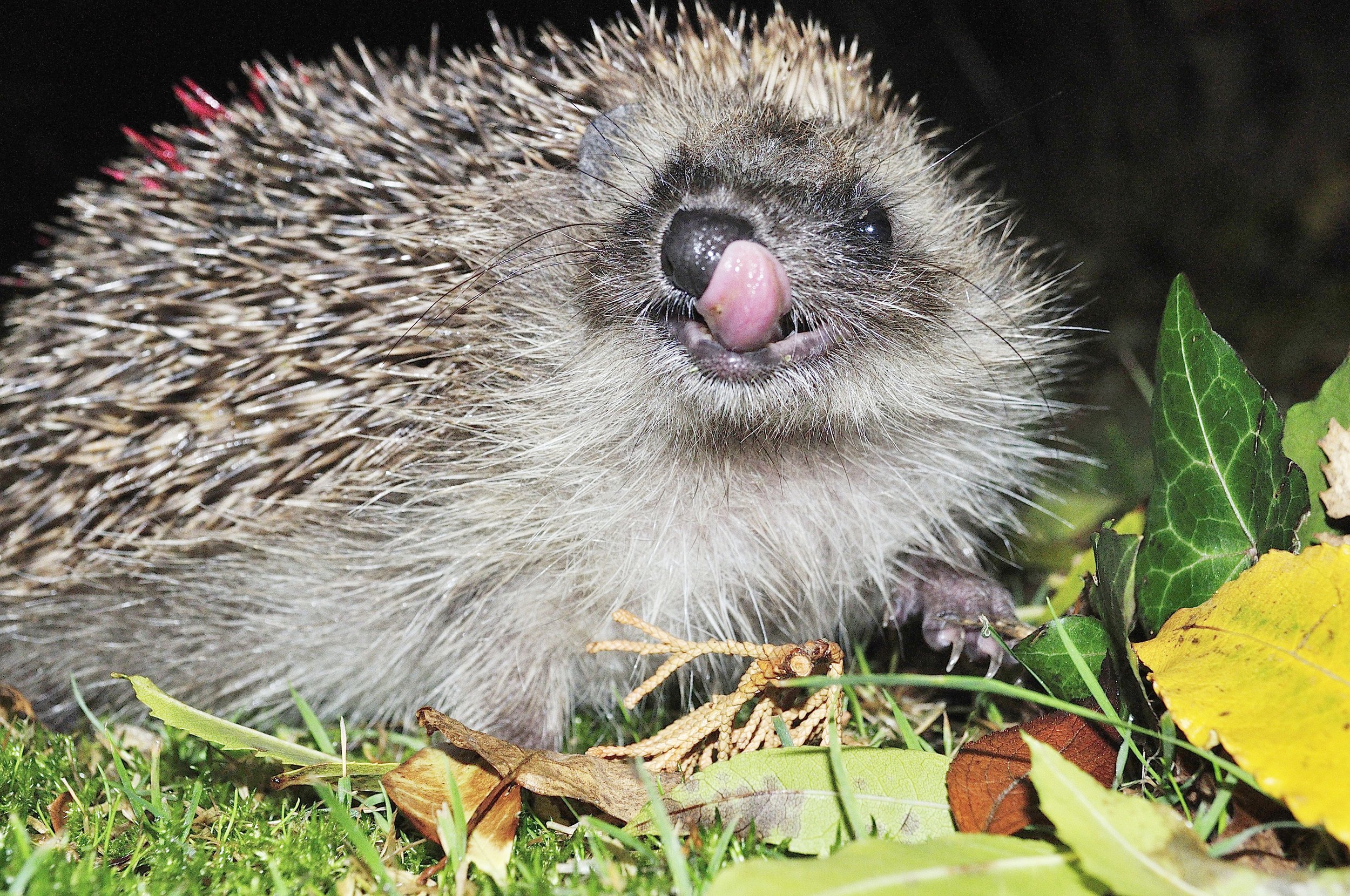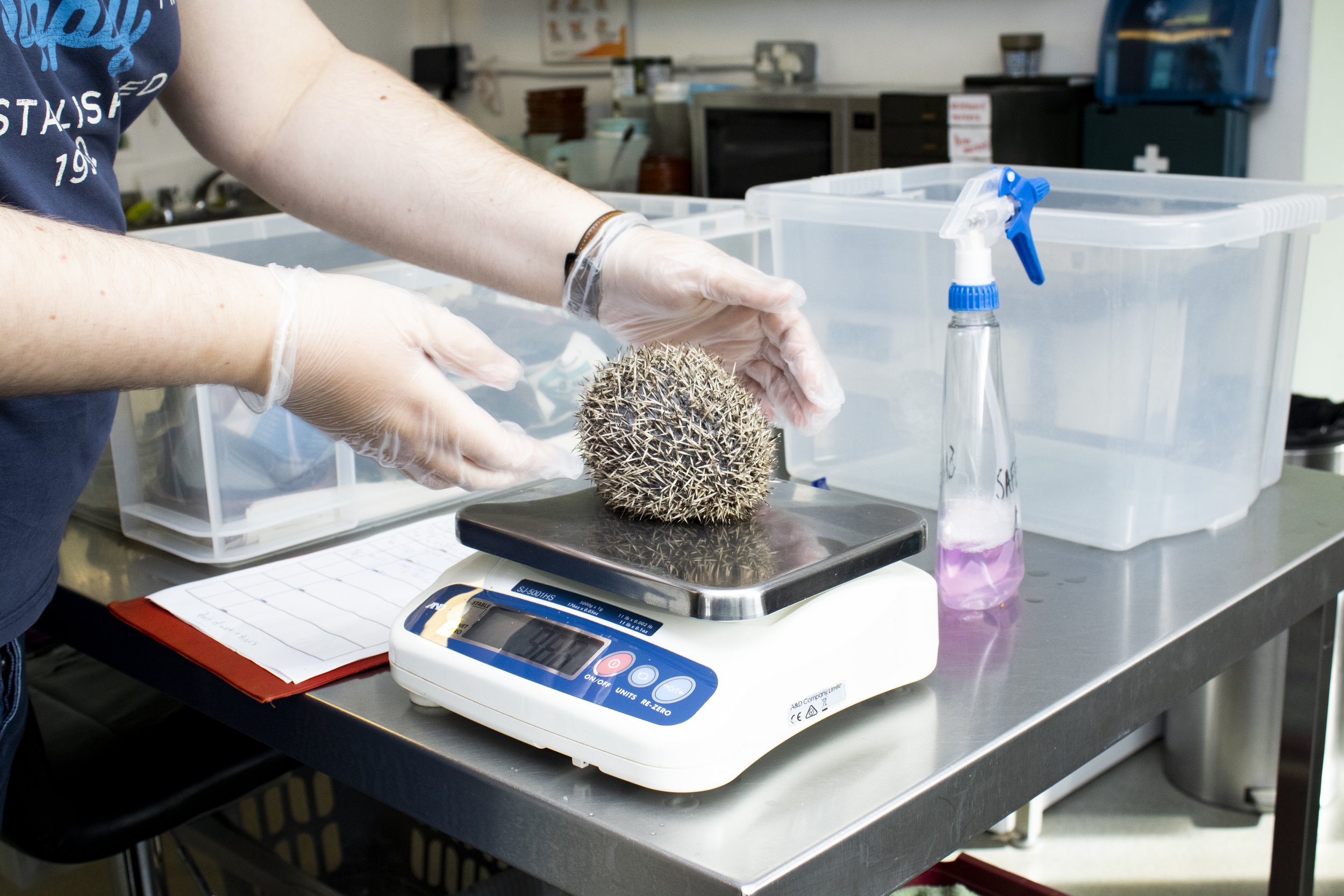
Research Work
SWCC Hedgehog Hospital embarked on an important research project back in 2014, known as the Blue Tag Release Programme, which focused on studying the behaviour and survival of hedgehogs after their release into the wild.
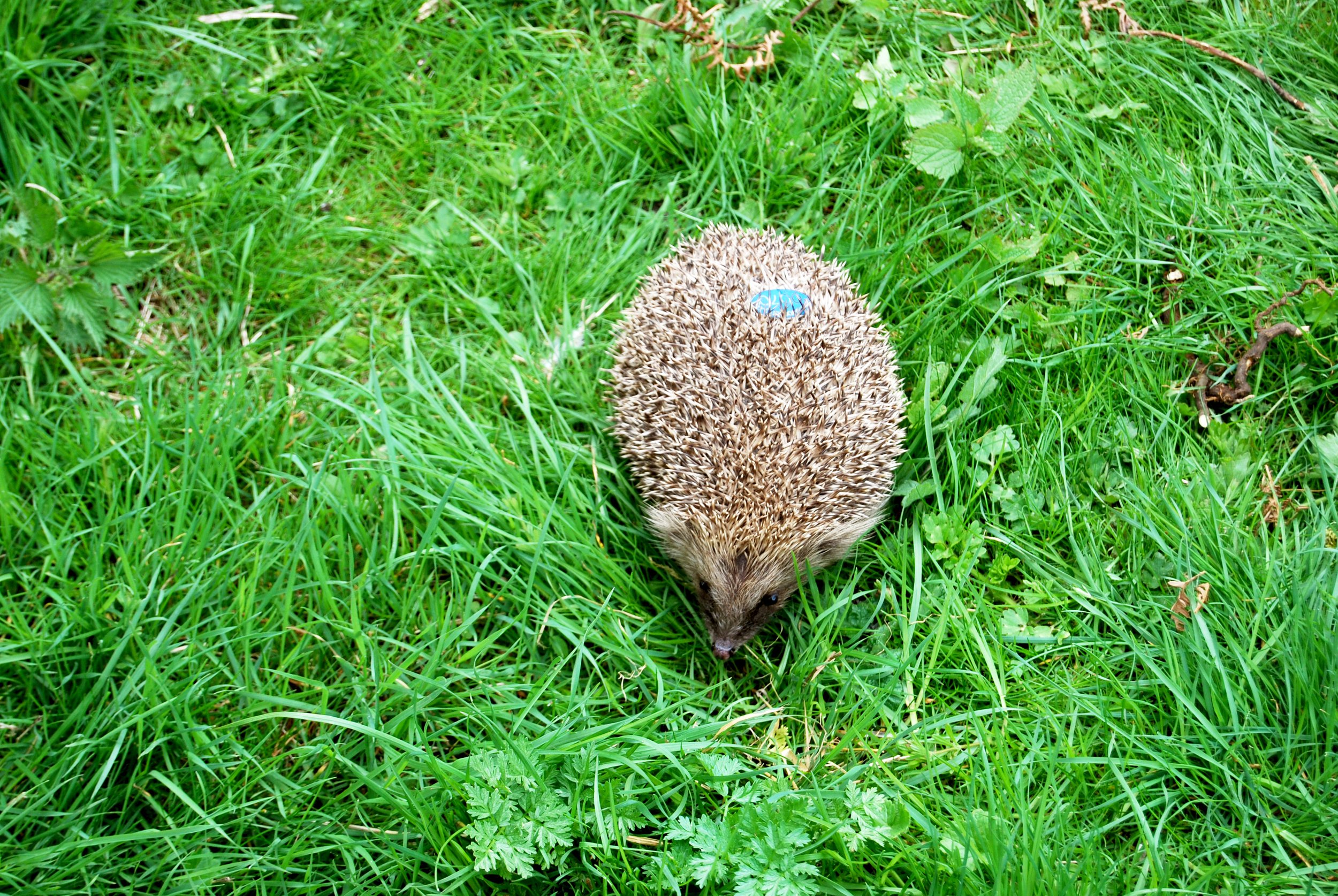
Blue Tag Release Programme
What is the Blue Tag Release Programme?
The Blue Tag Release Programme, started by the SWCC Hedgehog Hospital in 2014, focuses on studying the behaviour and survival of hedgehogs after their release into the wild. This programme was and continues today to be part of the SWCC Hedgehog Hospital’s broader mission to rehabilitate and conserve the UK’s declining hedgehog population, a species facing significant threats from habitat loss, road mortality and climate change.
Why Are We Doing This?
The primary objective of this tagging programme is to gather detailed data on the hedgehogs’ post-release behaviour, movement patterns and overall health. By monitoring these factors, the SWCC Hedgehog Hospital aims to gain insights into how well rehabilitated hedgehogs adapt to life in the wild, how far they travel, what habitats they prefer and what challenges they face. This information is crucial for understanding the effectiveness of current rehabilitation practices and for making evidence-based decisions on how to improve them.
Furthermore, the programme helps to assess the survival rates of hedgehogs after their release. Hedgehogs that are tagged and later found, either alive or deceased, provide important data that contribute to understanding the factors influencing their survival. For instance, data collected might indicate if hedgehogs are more likely to thrive in certain types of environments or if they face specific threats that need to be mitigated.
How Does It Work?
The Blue Tag Release Programme involves attaching small, lightweight blue tags to the spines of hedgehogs before they are released back into their natural habitats. These tags are designed to be minimally intrusive, ensuring that they do not interfere with the animals’ daily activities or cause them any discomfort. The tags serve as a unique identifier for each hedgehog, allowing researchers, volunteers and members of the public through citizen science to easily recognise individual animals when they are sighted.
Not Just Good for Hedgehogs
In addition to tracking individual hedgehogs, the Blue Tag Programme also plays a vital role in public engagement and education. Members of the public who encounter a tagged hedgehog are encouraged to report their sightings via an online survey.
This community involvement not only expands the scope of data collection but also raises awareness about the challenges facing hedgehogs and the importance of conservation efforts.
2014 Blue Tag Release Programme
RESEARCH FACTS
One hedgehog was sighted
542
days after release!
351
hedgehogs were tagged in the first round of tagging
72
people got involved with the research
80%
of the hedgehogs sighted were alive and well!
How Useful Will It Be?
The findings from the blue tagging research are expected to have significant implications for the SWCC Hedgehog Hospital. By better understanding the needs and behaviours of hedgehogs after they are released, the SWCC Hedgehog Hospital can refine its rehabilitation processes and advocate for more effective conservation strategies. This could include recommendations for habitat management, road safety measures and community involvement in hedgehog protection.
The Blue Tag Release Programme is a critical component of the SWCC Hedgehog Hospital’s work to safeguard the future of hedgehogs in the local counties. It represents a collaborative effort that combines scientific research with public participation, aiming to ensure these beloved creatures continue to thrive in their natural environments for generations to come.
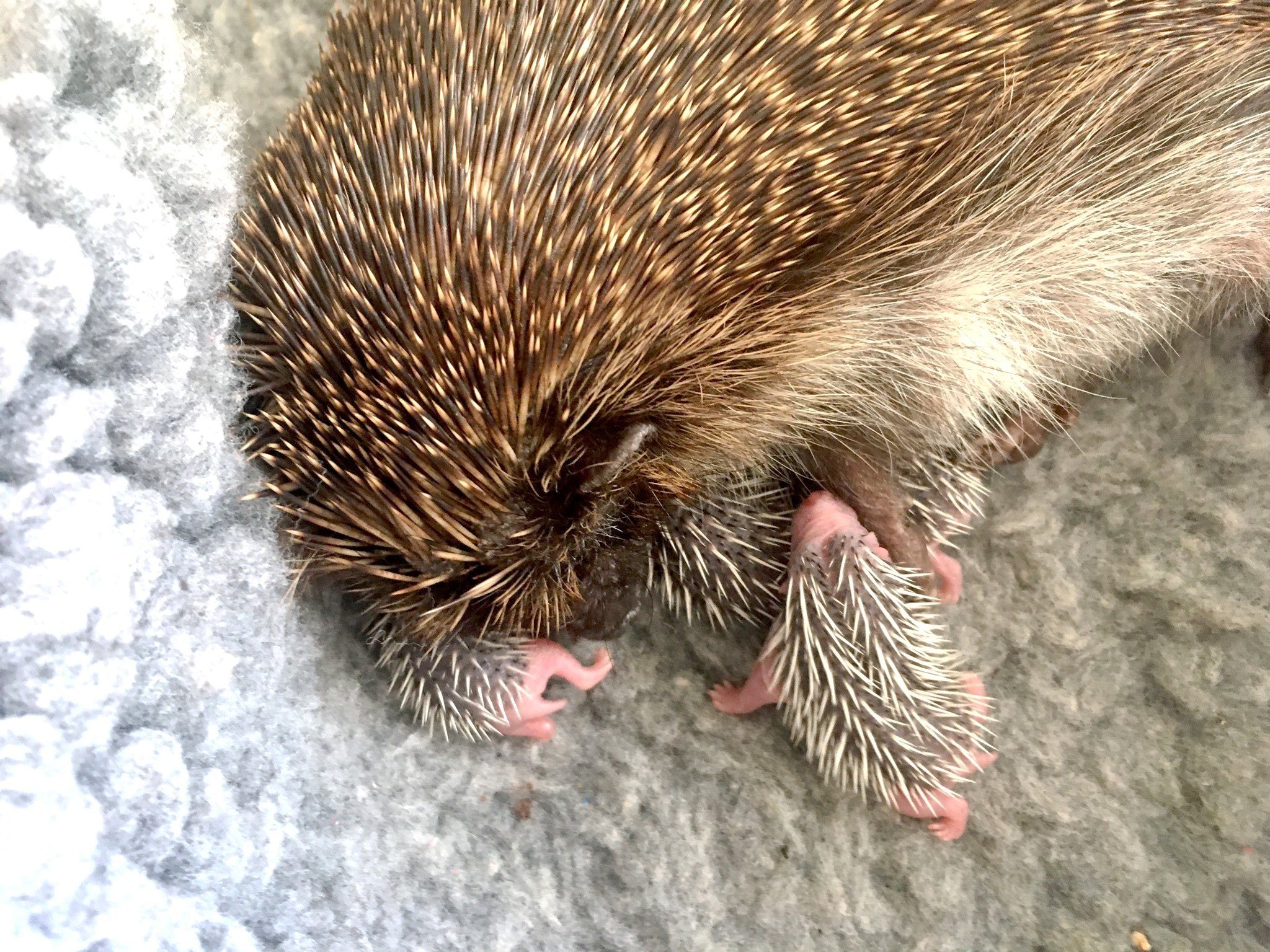
Other Research Initiatives
GPS Tracking
Post-release GPS tracking provides information on the home-range, behaviour and some indication of the health of a released tagged animal.
A GPS tracker was developed in 2012, with the intention of transmitting GPS information wirelessly to a base station where the data would be stored to disk. In the event of the animal being out of range of the base station, the data was stored on the tracker and then transmitted to the base station when the animal moved back into range. Multiple base stations and mobile hand-held devices were to be used to extend the coverage when required. Each base station could log an unlimited number of animals and run constantly so that it was able to receive transmissions from any GPS loggers in the area, thus having higher power requirements. This research has now been concluded, with recommendations for further development of the technology.
Native Species Survey
SWCC and Shepreth Wildlife Park's Green Team coordinated an annual Bio-Blitz in May to survey the wildlife park grounds for all varieties of native flora and fauna species. This data contributed to the national picture of our wildlife health.
Nationally, the Environment Agency are the lead body, with the support of organisations such as The Wildlife Trust, who advise on local populations. In zoos, BIAZA monitors native species through their Native Species Working Group.



